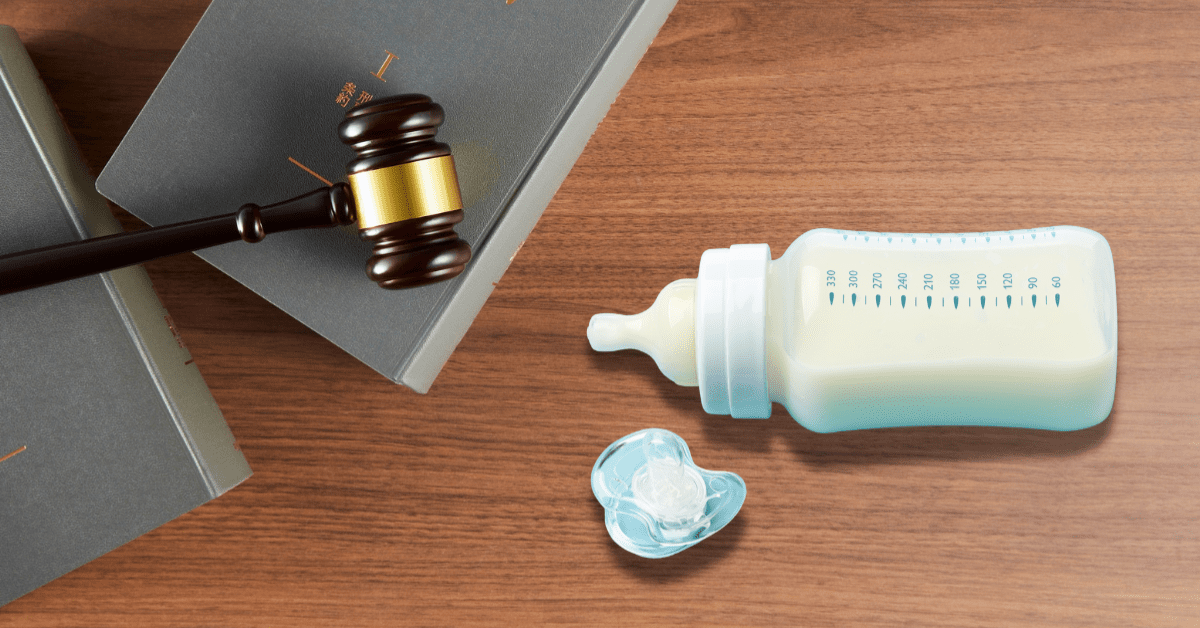Medical Devices: Approval vs. Clearance
Did you know that not all medical devices must be approved by the FDA before imploding in humans? Some manufacturers may seek clearance from the FDA instead of approval through a 510(k) process.

Premarket Approval (PMA)
PMA stands for premarket approval and is the process by which a device can be legally sold in the U.S. PMA devices must be tested to prove that they are safe and effective. PMA devices must follow strict rules compared to 510(k) devices. For example, unlike 510(k) clearance, PMA submissions must include detailed information about the device’s safety and effectiveness, description of the device and its components, description of the design and manufacturing process, results of trials and clinical studies, final labels and warnings, and summary of safety and effectiveness. This process can take months or even years to complete.
PMA is required for new Class III devices. Class III devices “sustain or support life, are implanted, or present potential unreasonable risk of illness or injury”. All new medical devices are required to go through the PMA process.
510(k) Clearance
Unlike a PMA approval, a 510(k) clearance does not need to go through the testing and procedures required of a PMA approval. A 510(k) clearance only requires a substantial equivalent to another device on the market and that the manufacturer gives 90 days’ notice that they intend to sell the product. Even if a new device is substantially similar to another device and is eligible for 510(k) approval, the manufacturer may still choose to undergo the more vigorous, and usually safer, PMA approval process.
A 510(k) clearance means that FDA has completed its review of the 510(k) review and determined that the device is substantially equivalent to an already cleared or approved product. 510(k)s don’t require as much information as PMA submissions do; they need basic information on what makes up the device to decide if your product can be legally sold in America without any additional safety testing required by FDA regulations. The 510(k) clearance process doesn’t require the manufacturer to show its safety or effectiveness. A 510(k) device can even rely on other “substantially similar” devices which are quite different, or even proven unsafe.
How do I know if my device was FDA approved or just cleared?
There are a number of ways to tell if a medical device is PMA approved or 510(k) cleared. If you are able to see the packaging or labeling or if the product identification is in your medical records you can check there. Many people, however, do not know what device brand was used, much less whether it was approved or cleared because often times they implant these devices while the patient is under anesthesia. Many times, we trust the doctors to make the best decision on what should be implanted.
If you know the manufacturer of your device, you can search the FDAs 510(k) database or the PMA database.
How does approval vs. clearance impact a lawsuit?
It is much harder to commence a lawsuit against a PMA device than a 510(k) device. PMA devices enjoy certain protections from lawsuits should something go wrong with their product. In order to bring a lawsuit against a manufacturer of a PMA device, the plaintiff must prove that the company strayed from the guidelines and information it gave to the FDA.
In order to bring a lawsuit against a 510(k) device, however, you do not have to prove that they strayed from any guidelines or standards—it is enough that they sold an unsafe product regardless of whether or not they followed any guidelines or standards. In both cases, however, injured plaintiffs still must offer evidence that the device was defective and caused the injury. Plaintiffs bare the burden of proof.
In conclusion, many devices are cleared through the 510(k) process but never actually go through the testing that a PMA device must go through. If you are curious whether a device is PMA or 510(k), you can find that information on the FDA website.


